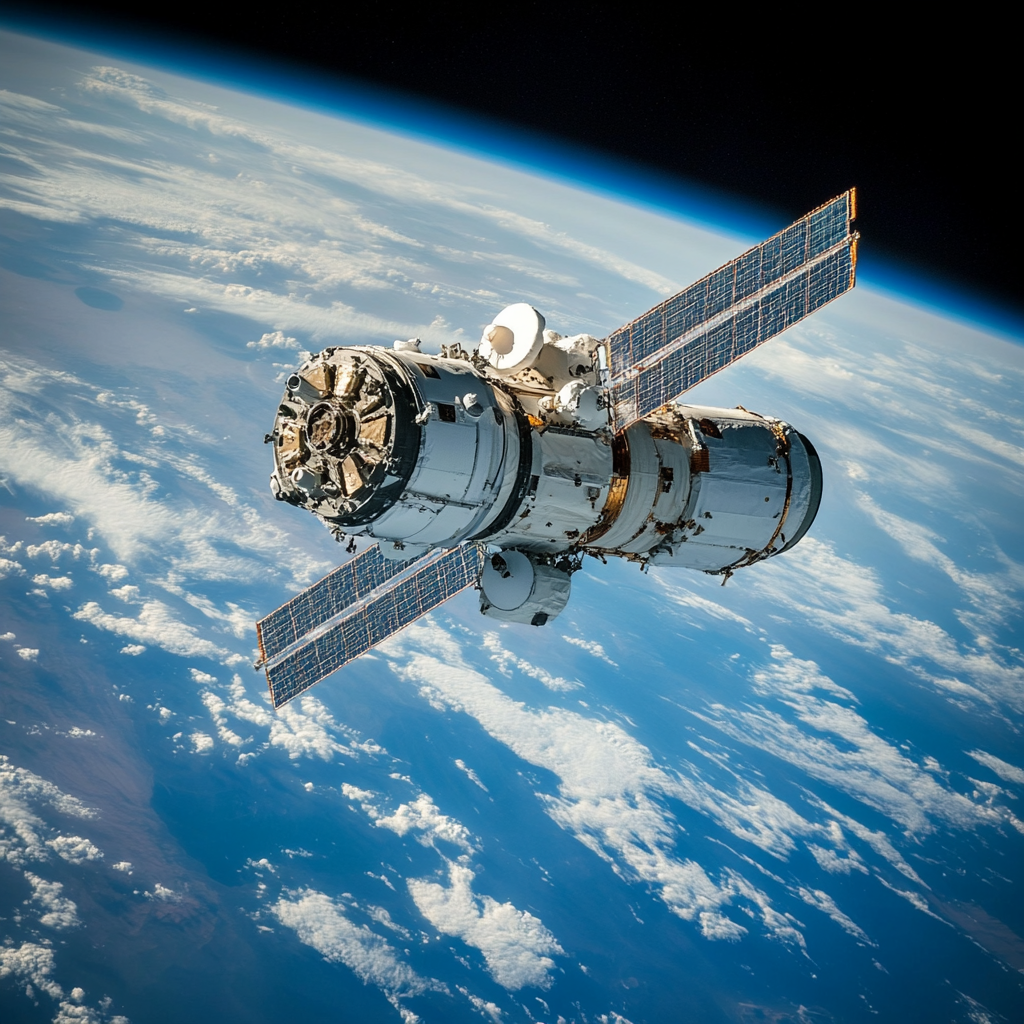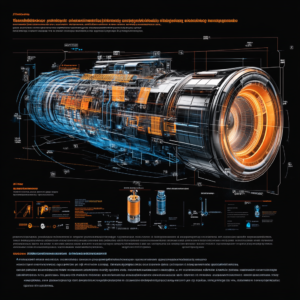
🚀🧑🚀 Live Updates: SpaceX Crew Dragon Mission
SpaceX Crew-9 Mission: A Cosmic Adventure Like No Other
Imagine the expansive canvas of the cosmos, a waiting stage draped in the profound darkness of space, speckled with the silvery dots of distant stars. This was the backdrop for an exhilarating journey, executed by the powerhouse of modern space exploration—SpaceX. On September 28, 2024, the Crew-9 mission blasted off from the iconic Cape Canaveral Space Force Station, setting the stage for a series of extraordinary events that would weave the future of space travel.
The Crew-9 mission wasn't just another flight to the International Space Station (ISS); it was a bold step into a new era, representing the very essence of innovation and adventure. The Falcon 9 rocket roared to life at precisely 1:17 p.m. EDT (1517 GMT), marking the first-ever crewed launch from the hallowed grounds of Space Launch Complex 40. It's almost poetic, isn't it? A rocket straining against the very bounds of our planet, seeking the stars!
Upon liftoff, the Falcon 9, with its unmistakable plume of smoke and fire, signified the commencement of a mission laden with hope, resilience, and a dash of danger—the very elements that define human exploration. As the first stage booster made its glorious return to Earth, landing gracefully at SpaceX's Landing Zone 1, the symphony of technology and human ingenuity played on, resonating with everyone watching the spectacle unfold.
The Dragon spacecraft, aptly named "Freedom," was not just a vessel; it was a gateway to the future. Packed inside were two brave explorers: NASA astronaut Nick Hague and Roscosmos cosmonaut Alexandr Gorbunov. After takeoff, the spacecraft embarked on an orchestrated ballet of burns and maneuvers to set the stage for its rendezvous with the ISS.
Let’s break down those critical burns—these were the delicate intricacies of space navigation. A phase burn, executed a brisk 45 minutes after liftoff, elevated Dragon's trajectory. Next came the boost burn, conducted at 7:58 p.m. Pacific Time, nudging Freedom closer to its orbital companion, the ISS. Then, bright and early the following morning, the transfer burn pushed Freedom's orbit to the next level, paving the way for the grand entrance to the ISS.
And the final approach? That was like the climax of an epic movie! Just before the autonomous docking began, the crew executed the approach initiation burn, placing Freedom perfectly in line to connect with the ISS.
Fast forward to the moment of glory. At approximately 5:30 p.m. EDT on September 29, the SpaceX Dragon seamlessly docked at the Harmony module of the ISS. It’s almost as if the spacecraft sought out its true counterpart in the cosmos, establishing a connection that defied distance and gravity. The automated docking system, backed by the vigilant eyes of crew members on both the spacecraft and the station, ensured a flawless union. After several delightful minutes spent securing the 12 hooks that would bind Dragon to the ISS, the excitement built as the crew conducted leak checks and readied themselves for the big hatch opening. An hour and 45 minutes never felt longer.
But wait! Crew-9 wasn't merely a routine flight. No, ladies and gentlemen, it came with a twist. This mission was a daring rescue operation for astronauts Butch Wilmore and Suni Williams, who were stranded aboard the ISS due to concerns over their original return vehicle's safety. Crew-9 had set aside two seats specifically for them, with a return to planet Earth planned for late February 2025. It’s like a dramatic movie plot, only this play is being directed by the cosmos!
As the crew welcomed their new mates aboard, they joined forces with the robust Expedition 72 crew—an eclectic mix of astronauts and cosmonauts ready to boldly face the challenges of life in space. United under the banner of exploration, they were poised to contribute to a colorful tapestry of research and discovery.
Now, for those enthusiasts glued to their screens, the Crew-9 mission wasn't just a narrative playing out several hundred miles above our heads; it was a spectacle supported by platforms that kept the world engaged. Live coverage streamed through NASA+, YouTube, and NASA’s website, offering real-time updates as the mission unfolded like a thrilling novel. The meticulous eye of Mission Control from SpaceX and NASA ensured every detail was monitored with precision, safeguarding these intrepid explorers on their celestial journey.
In reflection, the SpaceX Crew-9 mission stands not only as a feat of engineering brilliance but as a resounding testament to what happens when we dare to dream. It’s about the bold partnership of NASA and SpaceX that underscores collective ambition in untying the knots of space exploration. Every mission like Crew-9 is a chapter in the ever-evolving story of human endeavor—one where mountains are climbed, skies are conquered, and the impossible becomes possible.
So, if you find yourself intrigued by the tales of interstellar journeys and technological breakthroughs, I urge you to embark on this information adventure with us. Want to stay up to date with the latest news on neural networks and automation? Subscribe to our Telegram channel: @channel_neirotoken

